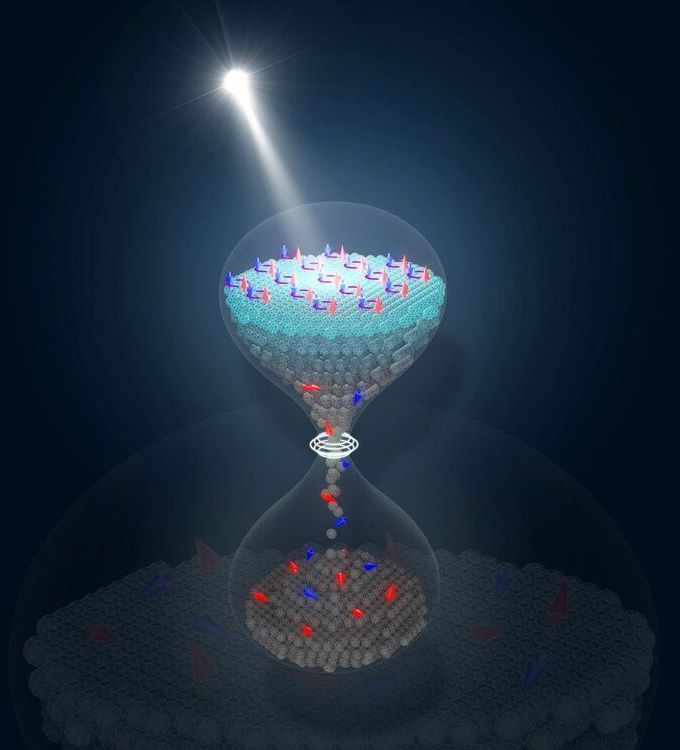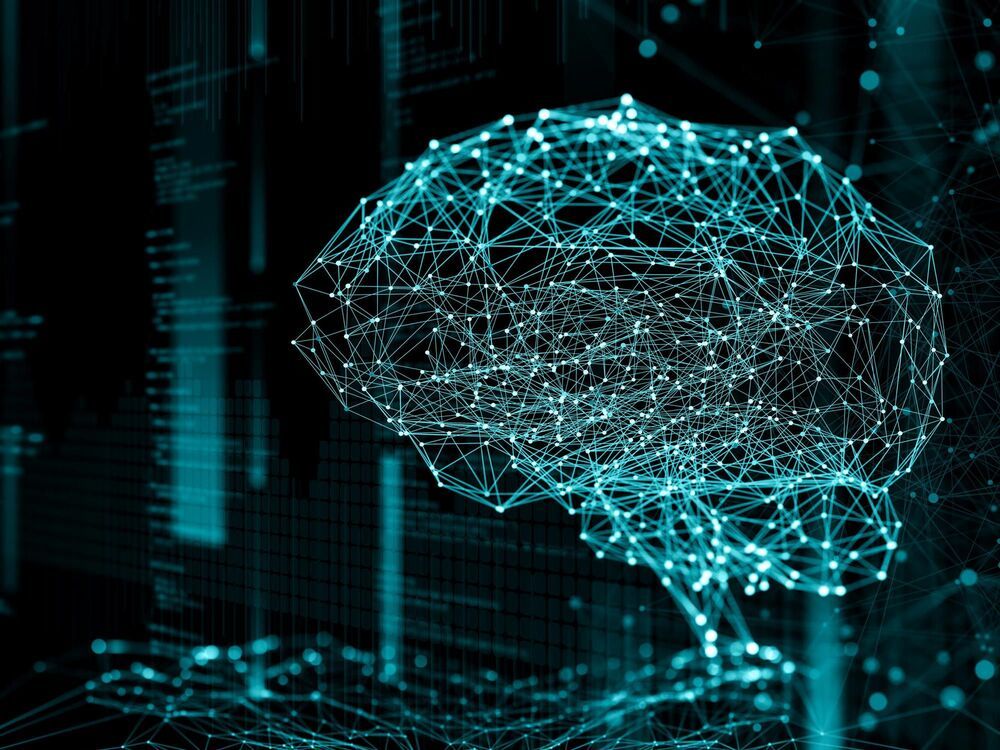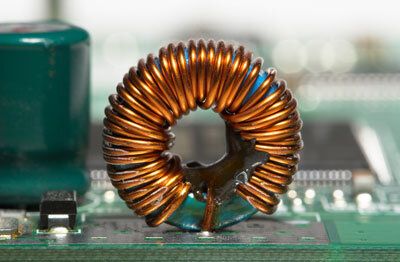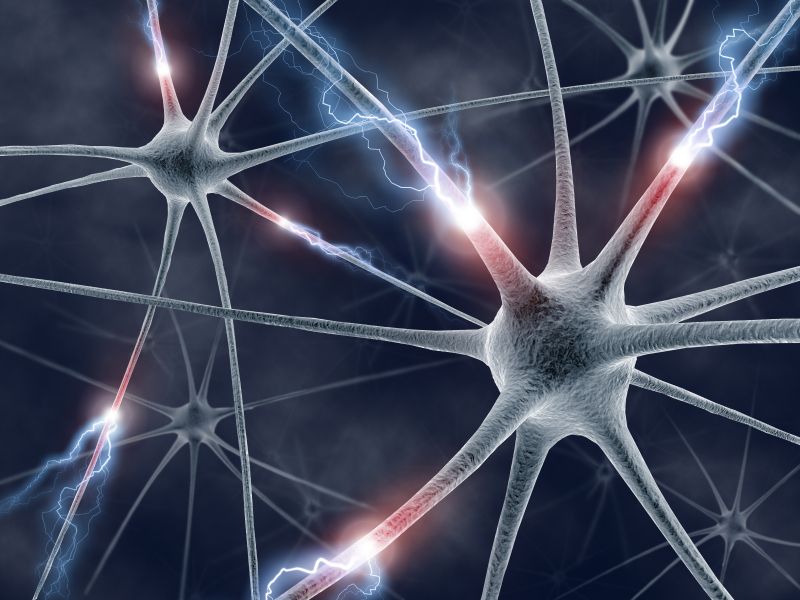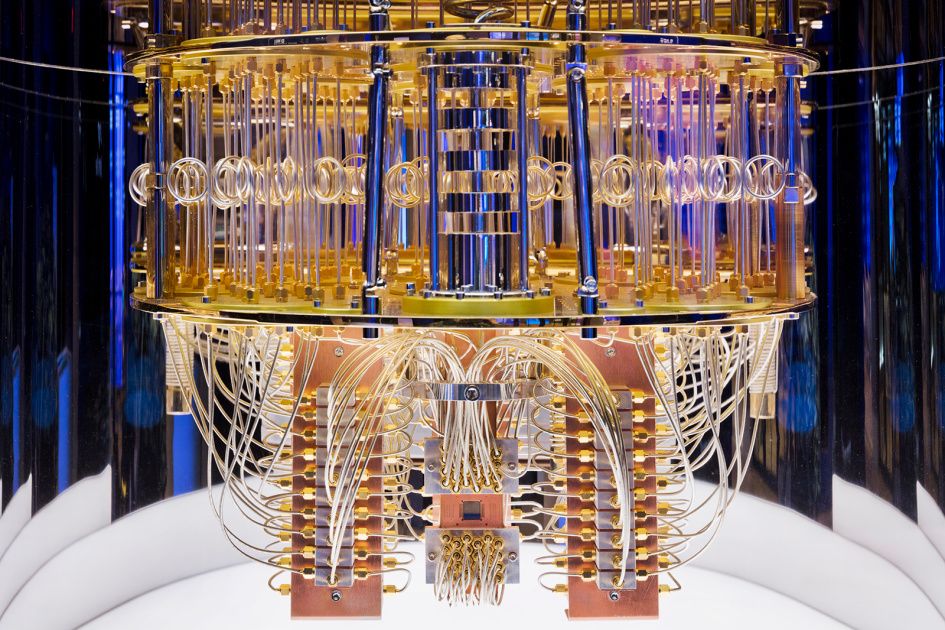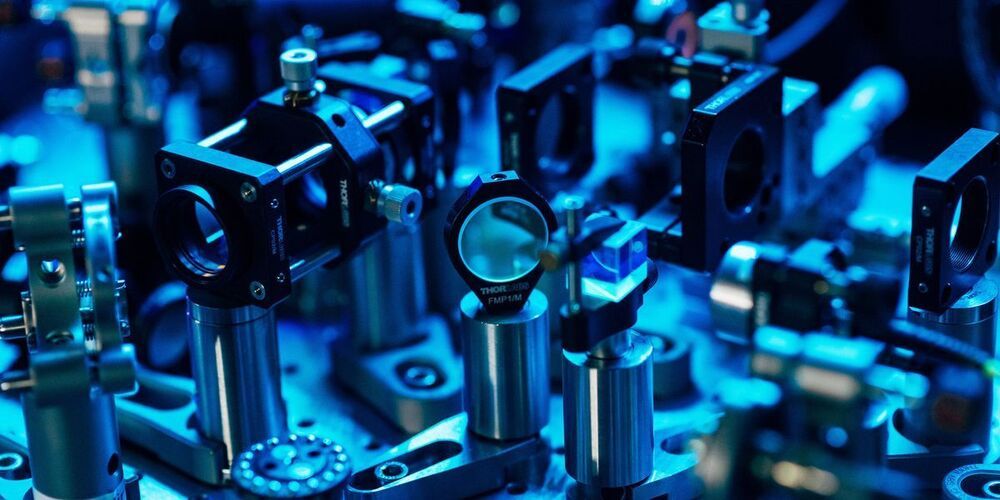Superconductivity—the ability of a material to transmit an electric current without loss—is a quantum effect that, despite years of research, is still limited to very low temperatures. Now a team of scientists at the MPSD has succeeded in creating a metastable state with vanishing electrical resistance in a molecular solid by exposing it to finely tuned pulses of intense laser light. This effect had already been demonstrated in 2016 for only a very short time, but in a new study the authors of the paper have shown a far longer lifetime, nearly 10.000 times longer than before. The long lifetimes for light-induced superconductivity hold promise for applications in integrated electronics. The research by Budden et al. has been published in Nature Physics.
